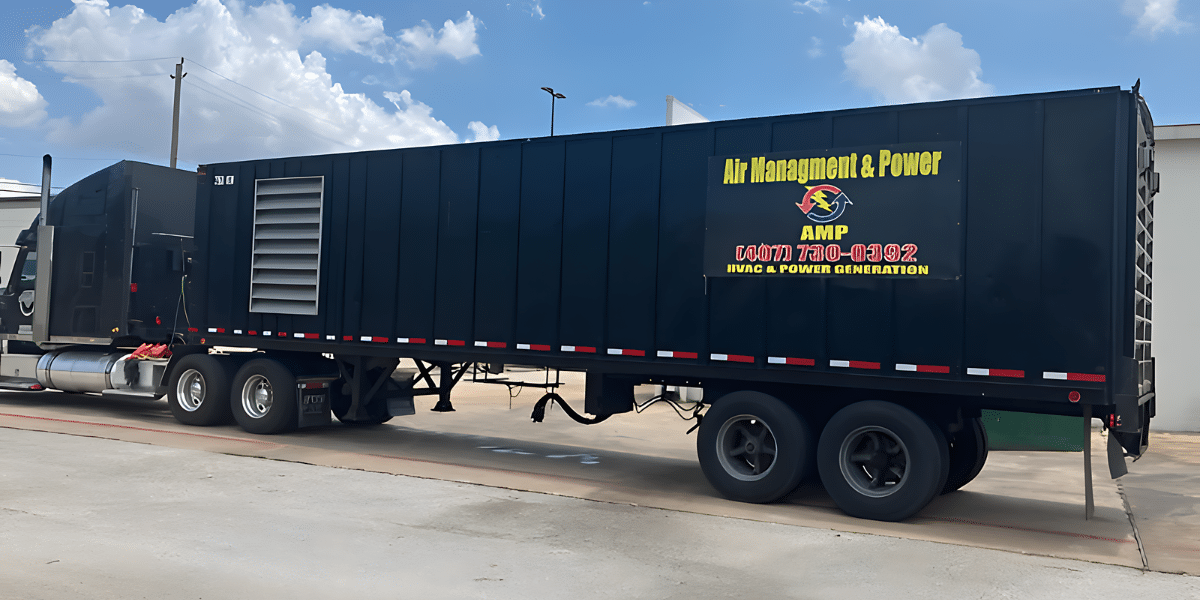Image commercially licensed from: Unsplash
During a time where economic uncertainties loom large, a growing number of Americans, particularly the younger generation, are grappling with the challenge of making ends meet. The cost of living, from housing expenses to food costs, has been on an upward trajectory, driving many individuals to seek multiple jobs to maintain their desired lifestyles. More than 7.7 million workers in the United States, comprising 4.9% of the workforce, held two or more positions in 2022.
Zach Wade, CEO of Wade Marketing, observes, “Employees are turning to job stacking as a strategy to make ends meet in a progressively challenging economic environment. Much like how businesses have often viewed employees as parts of a transactional arrangement, employees are now reciprocating this sentiment.”
While a second job can provide a financial lifeline, it also presents a unique set of challenges that individuals need to navigate with care. In this article, we explore the intricacies of working multiple jobs and provide insights into maintaining one’s well-being amidst a busy schedule.
Does Job Stacking Lead To Burnout?
For those who find themselves working two jobs, managing conflicting schedules and demands can be a Herculean task. This struggle can take a significant toll on one’s mental health, potentially leading to fatigue and burnout, which, in turn, can hamper their performance in both roles. The lack of time for self-care and other stress-reduction activities can disrupt one’s work-life balance and contribute to feelings of stress and burnout.
But what leads professionals into these situations? “Anything can lead to burnout, though I wouldn’t recommend job stacking to anyone who doesn’t love what they do,” Wade explains. The pressure that comes with maintaining multiple roles, along with the time consumed being put into these roles, takes its toll on those who find themselves ambivalent over their positions. “The more you love what you do, the less likely you’ll burn out,” he adds.
The physical and mental demands of working two jobs can be exhausting. Constantly being on the go with little time to recharge can lead to reduced productivity and an increased risk of errors or accidents. In such circumstances, the importance of self-care cannot be overstated. Taking care of one’s physical and mental well-being is a fundamental prerequisite for successfully managing multiple jobs. When done right, job stacking offers workers the opportunity to make more and work the same 40 hours as they were in just one role.
Coping Strategies for Job Stackers
To thrive while working two jobs, individuals must implement strategies that promote balance and well-being:
- Manage Stress: Job stacking can be stressful, and it’s crucial to find effective stress management techniques. This might include mindfulness practices, exercise, or hobbies that bring joy and relaxation.
- Set Boundaries: Create clear boundaries between your work and personal life. Designate specific time for relaxation, family, and social activities to ensure a healthy work-life balance.
- Outsource: As your job stack grows, it’s not feasible to manage that workload on your own. Outsource some of the tasks you’re comfortable delegating, so you’re able to take care of the high-priority tasks.
- Assess the Pros and Cons: Carefully weigh the advantages and disadvantages of working multiple jobs. While extra income is enticing, consider whether it aligns with your long-term career goals, as it may hinder opportunities for advancement or further education.
- Time for Self-Care: Dedicate time to self-care activities, such as exercise, meditation, or simply taking a break. It’s essential to rejuvenate both physically and mentally to stay resilient.
How is Job Stacking a Catalyst to Well-Being?
Some employees are hesitant of this nuanced trend, unsure of how discretely working multiple jobs can improve their mental well-being. When done right, job stacking offers flexibility in choosing and balancing workloads. By choosing jobs that complement each other, job stackers can create schedules that works best for them and maximize their productivity – without inundating themselves.
The increase in job security and earning multiple streams of income are additional bonuses that can alleviate stress in the lives of many Americans. These advantages ultimately promote career success and overall well-being.
As economic uncertainties persist, working multiple jobs has become a viable strategy for many Americans to meet their financial needs. While this approach can be a lifeline, it presents a range of challenges, from balancing schedules to avoiding burnout. As CEO of Wade Marketing, Zach Wade warns, “Labor economists should be reluctant to dismiss job stacking as a fake trend.” This strategy is not a mere trend but a pragmatic response to the ever-evolving economic landscape. To succeed in a multi-job scenario, individuals need to prioritize self-care, communication, and a balanced approach to their professional and personal lives. It is a nuanced journey, but with careful planning and support, it is one that can lead to personal and financial growth.
About Wade Marketing: Wade Marketing is a renowned B2B and B2C internet marketing agency founded by Zach Wade. The agency is dedicated to empowering aspiring entrepreneurs to master the art of job stacking, enabling them to forge their unique career paths and thrive in today’s dynamic business landscape.
Connect with Wade Marketing
Official website | Facebook | Instagram | TikTok
Sources:
- The Employment Situation – September 2023 (bls.gov) https://www.bls.gov/news.release/pdf/empsit.pdf






